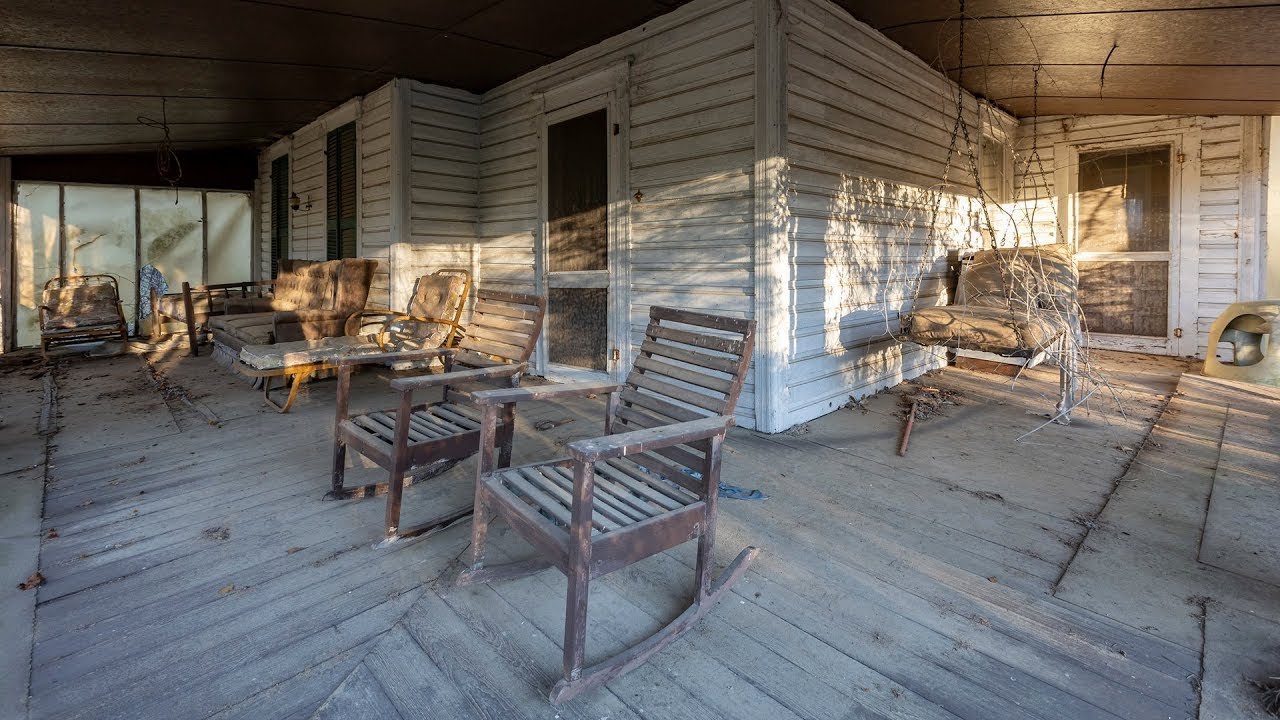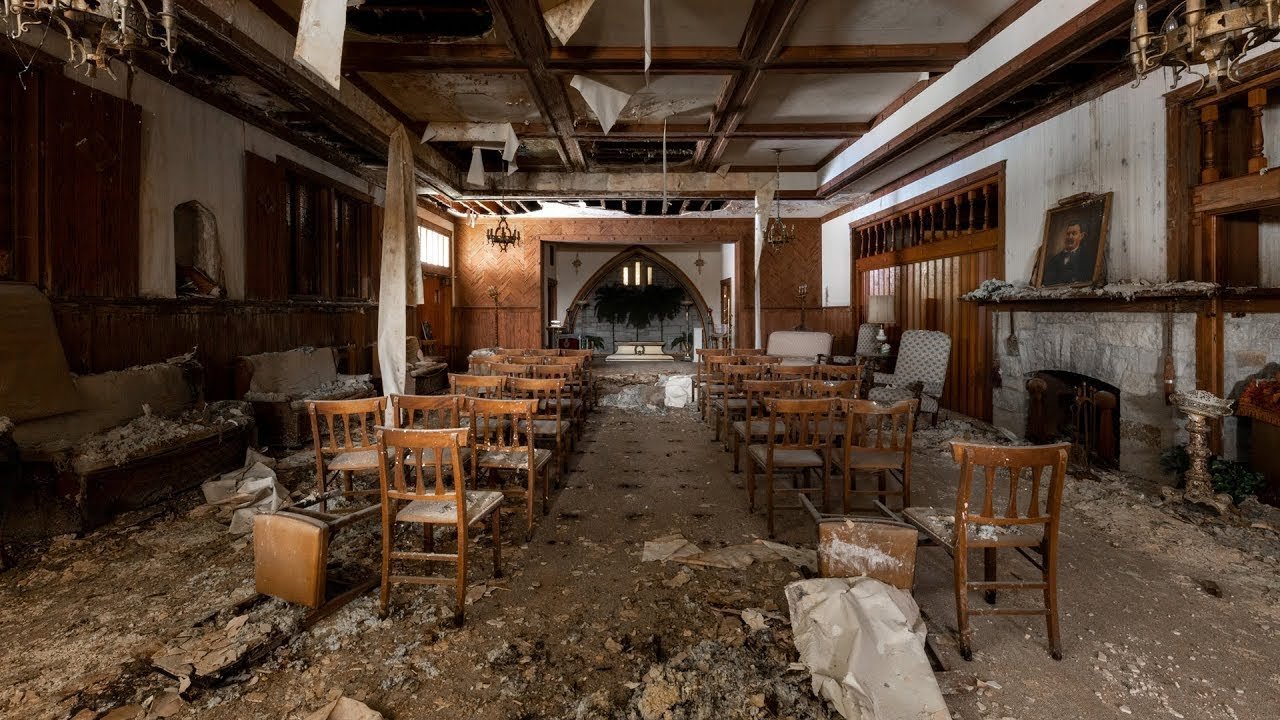Stumbling upon error code 526 while trying to access your favorite website can feel like hitting a brick wall. This error, which pops up during an SSL handshake, can be a real pain in the neck—especially if you’re trying to keep your online presence functioning smoothly. Let’s dive into understanding what it is and how to tackle it like a pro.

What is Error Code 526?
So, what’s this mysterious Error Code 526? Essentially, it means there’s a problem with the SSL handshake—a fancy term for when two computers are trying to have a secure conversation, but one of them just can’t seem to get on the same page. Picture it like two people trying to shake hands across a crowded room, but one is stuck behind a wall. That’s kind of how this goes. It usually happens when there’s a misconfiguration in the SSL settings, leading to that annoying blockage of traffic.

Common Causes of Error Code 526
The road to 526 can be bumpy, and there are a few key culprits behind it! First up, there might be a mismatch between the hostname on the server and the SSL certificate. Basically, if the name on your “Welcome” mat doesn’t match the name on the certificate, the handshake’s going to fail. Next, if you’re using a self-signed certificate (the kind your tech-savvy buddy might have made for you), that can throw a wrench in things too. Lastly, expired certificates are like the last slice of pizza that’s gone stale—nobody wants that! It’s crucial to keep your certification up to date.

How to Diagnose SSL Issues
Diving into diagnosing the issue can feel like playing detective. First, check the SSL certificate using tools like SSL Labs. They’ll give you the lowdown on whether everything’s shipshape. Then, take a peek at server logs for any red flags that might be causing the issue. It’s like looking for clues in a good old whodunit novel. These tools will help you to pin down just what’s gone awry and need fixing!
Fixing SSL Configuration to Resolve Error Code 526
Once you’ve diagnosed the issue, it’s time to roll up your sleeves and fix that SSL configuration. Start by ensuring that your SSL certificate is correctly installed and configured on your web server. Replace any expired certificates, and make sure the hostname matches the server name. Oh, and if you’ve been using that self-signed certificate—let me tell ya, you might wanna consider getting a proper one, like a hug from a grandma. It’s an investment worth making!

Using Cloudflare with SSL: What You Need to Know
Now let’s chat about Cloudflare, my good buddy when it comes to web security. When you’re using Cloudflare, it’s vital to set the SSL mode correctly. Choose between Flexible, Full, or Full (strict) based on your needs. Flexible is like going through the drive-thru without ordering anything—super easy, but not always secure. I’d lean toward Full or Full (strict), which ensures all communication is encrypted—that’s like wrapping your sandwich in tinfoil and then vacuum sealing it! You can never be too safe!

Testing Your SSL Certificate
No one wants a faulty SSL certificate hanging around like an unwanted houseguest. Testing it rigorously will save you heartache later on. Use online SSL testing tools to check that everything’s in tip-top shape. Run through a few checks—make sure it’s valid, trusted, and properly configured. If you find any loose screws in your setup, nip those in the bud quickly to avoid future pain and heartache.
Preventing Future Error Code 526 Occurrences
Alright, buddy, let’s talk prevention! Keeping an eye on your SSL status is key. Set reminders for when your certificate needs renewing—the last thing you want is for it to sneak up on you like that rogue sock from the laundry. Also, educate yourself or your team about SSL configurations. Knowledge is power, and honestly, who wouldn’t want to look like a tax expert in an office of engineers? With regular checks and updates, you’ll keep those pesky errors at bay.
When to Seek Professional Help
Sometimes, DIY just isn’t enough. If you find yourself tangled up in a web of SSL issues that you can’t quite figure out, it might be time to call in the pros. Whether it’s a web developer or a network specialist, having an expert on your side can save you time, money, and a few gray hairs. It’s like hiring a personal trainer to whip you into shape—you can do it on your own, but boy, does it help to have someone in your corner!
Conclusion
So there you have it, folks—everything you need to know about dealing with Error Code 526. Armed with this knowledge, you’re ready to combat SSL issues like a superhero. Remember to keep your certificates up to date, diagnose problems thoroughly, and never hesitate to seek help when you need it. With a little effort, you can maintain a smooth and secure online experience that’s as welcoming as a fresh cup of coffee on a chilly morning. Happy surfing!






















